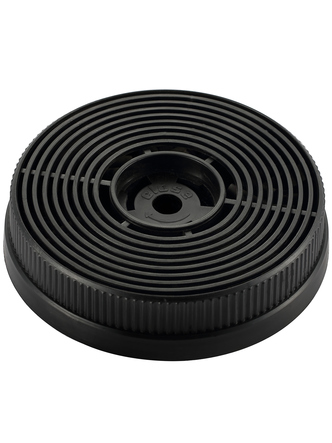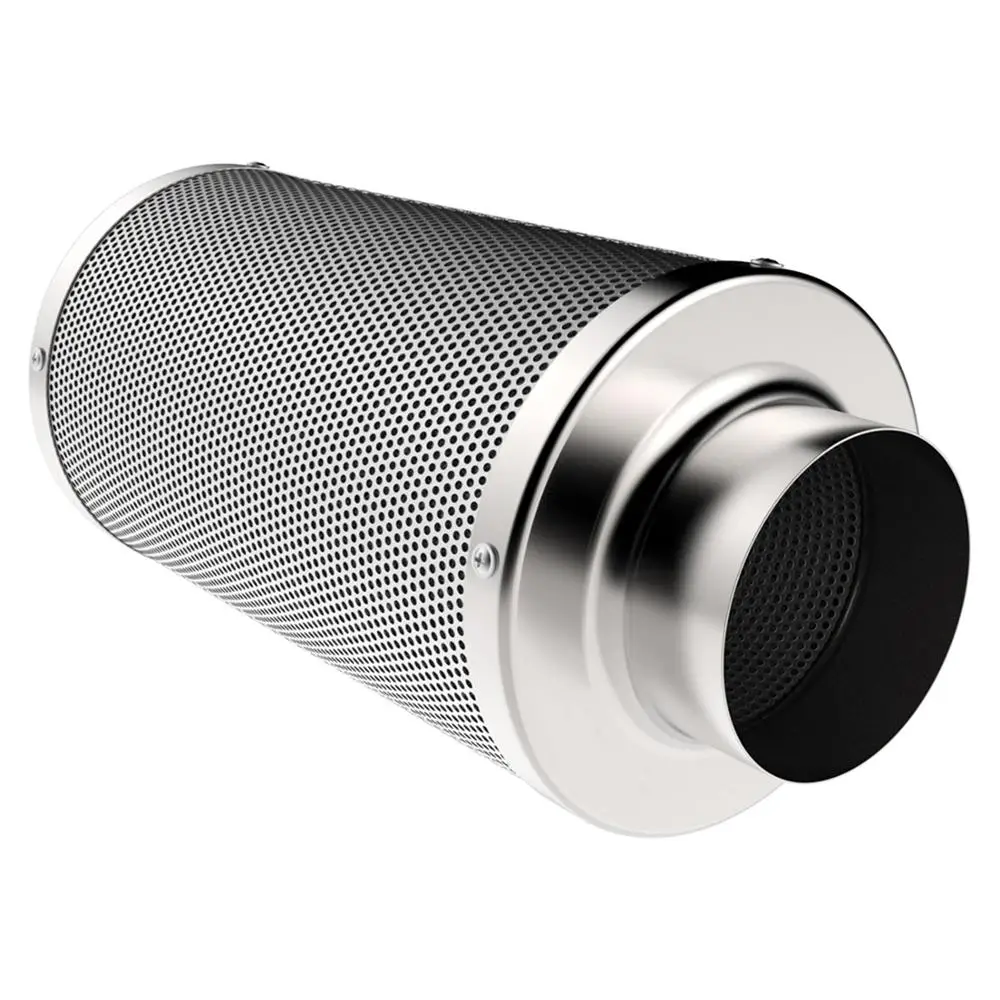

The process of adsorption takes place to remove the contaminants.The air passes through the activated carbon air filter.Contaminated air enters into the filtration system.The process of air purification with an activated carbon filter works like this: Activated carbon is used in air filters to collect gases, chemical vapors, and odor molecules from the air. This process can be used to activate almost all raw materials (coal-based, coconut shell-based, wood-based, etc.)Īfter carbon has been activated, it can adsorb atoms, ions, and molecules from a gas, liquid, or dissolved solid that passes through the material.Īnd because activated carbon is so useful in air purification, all of the top 10 air purifiers include it.Īctivated carbon filters work by adsorption, which is a chemical reaction that causes pollutants to be trapped inside the pore structure of a carbon substrate.


Chemical activation is achieved by degradation or dehydration of the raw material structure (mostly wood-based).The production processes of activated carbon may be divided into chemical and thermal processes, both at elevated temperatures.” ft.) or more.Īccording to DESOTEC, an activated carbon manufacturer, “Activated carbon can be manufactured from a wide variety of raw materials such as coal, coconut, and wood. In fact, activated carbon is so permeable that 1 gram of this substance can have a total surface area of 500 m 2 (5,400 sq. Activated carbon filters are used in air purifiers to adsorb pollutants like volatile organic compounds (VOCs) and smoke so you can enjoy fresh and clean air.Īctivated carbon filters are made up of small bits of carbon that have been processed to be extremely porous. An activated carbon filter is a filtration method that removes gases, chemical vapors, and odor molecules.


 0 kommentar(er)
0 kommentar(er)
